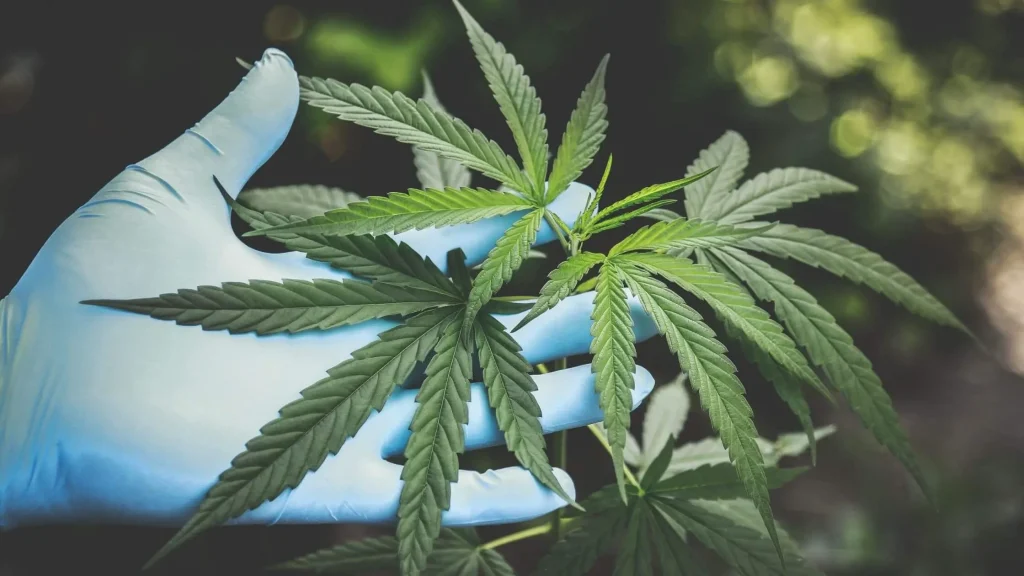The results of the biggest European wastewater research in 2021, conducted by the Sewage analysis CORe group – Europe (SCORE) and the European Monitoring Centre for Drugs and Drug Addiction, were published by psychiatrist and expert on dual diagnosis Ivan Ćelić of Zagreb’s Psychiatric Hospital Vrapče on his Facebook wall.
SCORE is a Europe-wide network for the standardisation of the approaches used for wastewater analysis and coordination of international studies through the establishment of a common protocol of action.
The project analysed wastewater in 75 European cities in 23 EU countries as well as Turkey and Norway, to study the behaviour of drug consumers. This is so far the largest number of countries covered by the survey.
From Barcelona to Limassol and from Oslo to Porto, the survey analysed daily samples of wastewater during a week-long period between March and May 2021. The wastewater generated by around 45 million people was analysed for traces of four illegal stimulants – cocaine, amphetamine, methamphetamine and MDMA/ecstasy, and cannabis.
The survey indicates a general increase in the use of four of the five stimulants, with a decline in drug use having been reported only for MDMA in most cities.
The drugs were more evenly distributed among the locations covered by the survey and all five were detected in almost all cities, which is in contrast to previous years, when geographic patterns differed more.
Cocaine most frequently found in the west and south of Europe, Zagreb 11th
The latest results show that cocaine, even though still the most used drug in the cities of west and south Europe (notably Belgium, the Netherlands and Spain), is increasingly more present in the east of Europe.
In Zagreb, daily cocaine consumption was 548.62 mg per 1,000 population, which puts the Croatian capital in 11th place in Europe.
Czechia and Slovakia traditionally had the highest methamphetamine loads, and now that drug is also present in Belgium, Cyprus, the east of Germany, Spain, Turkey and several northern European countries.
The analysis of wastewater shows that the level of concentration of amphetamine still varies, with the highest levels being reported in northern and eastern Europe, and much lower in the south.
In Zagreb daily consumption of amphetamine was 151.41 mg per 1,000 population, which makes it rank 12th in Europe.
Croatia fourth in cannabis consumption
As regards cannabis consumption, it was detected in Croatia, Czechia, Spain, the Netherlands, Slovenia and Portugal.
Restrictions introduced due to the COVID-19 pandemic do not seem to have affected the use of cannabis, unlike other drugs. Almost half the cities covered by the survey have reported an increase in cannabis consumption, with daily consumption in Zagreb being 132.9 mg per 1,000 population, which makes it rank fourth in Europe.
MDMA is the only drug whose metabolites have decreased in most surveyed cities, presumably due to the closing of nightlife spots during the pandemic, where that drug is often consumed.
The biggest concentrations of MDMA were found in Belgium, Germany, the Netherlands, Sweden and Norway.
Zagreb ranks 14th, with daily consumption of 28.26 mg per 1,000 population.
In most countries the concentration of metabolites was higher in big cities. The survey also shows that in more than three-quarters of the surveyed cities typical recreational drugs, cocaine and MDMA, are used more on weekends than on working days while metabolites and the other three types of drugs were more evenly distributed through the week.
For more, check our lifestyle section.









